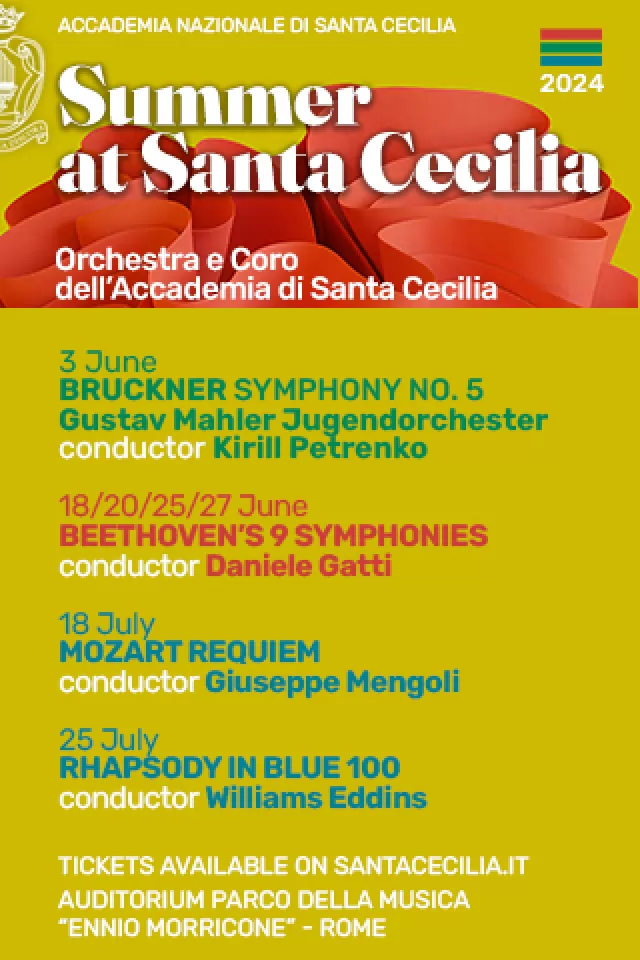Saluton Esperanto!
Remember Esperanto? Back in the 1950s and 1960s, a lot of people believed that Esperanto would be the lingua franca all the nations of the world would learn in order to communicate with each other. Then English inexorably took over and Esperanto seemed to fade away. However, in two upper rooms in the John Cabot University in Trastevere, there is a group of enthusiastic students convinced that the Esperanto dream is still very much alive.
The university has been running Esperanto courses for the past three years and estimates that it has turned out some 50 speakers. In keeping with the philosophy of the languages creator, Lazar Zamenhof, tuition is free and everyone is welcome.
The Rome class is only a tiny part of a vast, worldwide movement, as teacher Anna Lowenstein explained.
No one knows how many Esperanto speakers there are. A few years ago, it was estimated that there were around two million. But now, with the internet, there are definitely a lot more, she said.
Lowenstein, the author of a novel published both in English, The Stone City, and Esperanto, La Stna Urbo, taught herself the language when she was 13, with the help of a library book. Its the worlds easiest language. I was learning French at school and I was fed up with the irregular verbs.
Her passion for Esperanto has never waned. In fact, you could almost say she is married to it. Her husband, Renato Corsetti, is the president of the world association and they speak the language at home with their two sons.
Esperanto has had its ups and downs ever since it was created at the end of the 19th century, the brainchild of Lazar Zamenhof, a Polish Jew and a linguistic genius. In the corner of the former Russian empire where he grew up, the community consisted of four distinctive ethnic groups, who barely communicated with each other.
According to Zamenhof, each of these groups thought the others language sounded like dogs barking, explained teacher Ranieri Clerici, who presides over the advanced Esperanto class.
Zamenhof went on to develop a language that would be simple, precise and easy to learn. Its estimated, in fact, that you can acquire a working knowledge of Esperanto in a few months. Although the roots are prevalently Indo-European, elements of other families of languages can also be found.
The underlying system of composite words is oriental in structure, Clerici said. So its also similar to Chinese.
The claim that Esperanto is a truly universal language is borne out by the fact that there are federations in 110 countries all over the world. Members are constantly in touch, and the Tutmonda Esperantista Junulara Organizo (World Youth Esperanto Organisation) lists members in 75 countries willing to host visiting Esperantists. The head office of the international movement is in Rotterdam and this is also the site of the largest Esperanto library, which houses translations of everything from The Divine Comedy and the works of Shakespeare to modern thrillers and romances. The highlight of the movements calendar is the annual world congress, where several thousand members get together to enjoy chatting freely without having to use an interpreter or earphones. This years Universala Kongreso is scheduled for Beijing at the end of July, and in two years it will be Italys turn, with Florence as the chosen venue.
At the John Cabot classes, it became clear that Esperanto is not only simple and fun, but also that it attracts interesting, lively and highly-motivated people. The students come from a wide range of backgrounds and experiences. Some of them, like Madeleine, an American, work with languages and are attracted for professional reasons:
Im a linguist, so the very idea fascinated me. When I first went, I asked them to translate a paragraph for me. I found there was only one word I didnt know.
Father Joseph, an American of Sicilian origin, with a doctorate in both canon and civil law, believes Esperanto is a way of broadening his mind. Gabriele, a former tour guide and scriptwriter for Italian radio, who now teaches bamboo crafts to mentally disturbed people, is adding Esperanto to his repertoire of fluent English, German, French and Italian.
Underneath, however, all the students have a deeper motive. They are all interested in the idea of language equality and equal-term communication.
Esperanto doesnt damage the minor languages, Luisa, another student, declared. It doesnt impose a culture.
Its a second language for everyone, Clerici added. No one is struggling to speak someone elses language.
Esperanto had its golden moment in the 1920s when the League of Nations examined a proposal to adopt it as a means of international communication. The idea, however, met with strong opposition and had to be abandoned. Its blackest moment was during world war two, when Esperantists were persecuted and killed by both Hitler and Stalin. The language survived against all odds. It had a revival in the mid-20th century, when it was even taught in some schools. This tradition has only survived in Hungary.
Esperantists are convinced, however, that Zamenhofs vision will win through in the end.
Angeline, a first-year student and a language teacher from Geneva, best summed up the concept: In the 21st century, we still havent managed to abolish violence and want. Maybe speaking a common language would help.
Free courses in Esperanto are held once a week October-May.
For information, contact Michael Karris at John Cabot University,
tel. 0668191240-066819121; or Anna Lowenstein, tel. 069575713.





















